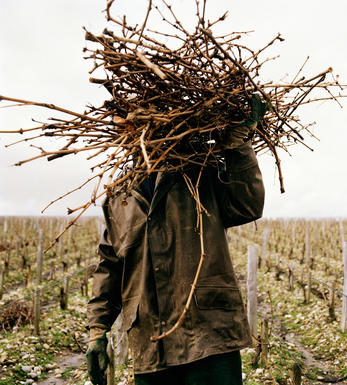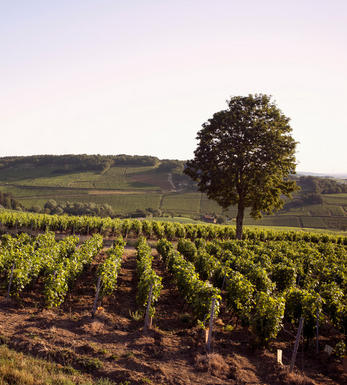
2020 Chassagne-Montrachet, Morgeots TréS Vieilles Vignes, 1er Cru, Dugat-Py

About this WINE

Dugat-Py
Dugat-Py is a high class Gevrey-Chambertin Domaine that has risen to prominence in the last 10 years. It was run for many years by Pierre Dugat and, astonishingly, only began estate bottling in 1989. It is now run by Pierre's son Bernard, who is recognised as one of the shrewdest winemakers on the Côte. The Domaine consists of 5 hectares of vineyards and includes holdings in several Premiers Crus sites and 3 Grands Crus. Bernard Dugat-Py, wife Joscelyne and son Loïc, are based at the Aulmônerie, whose cellars were constructed in the 12th century to store wine for the Abbey of St Benigné in Dijon. With rapturous praise emanating especially from across the Atlantic, this is perhaps even more of a cult domaine than that of Bernard’s cousin Claude Dugat. I was a little sceptical, having tasted some wines at then years old which seemed to have dried out, making me fear over extraction. However a visit to the domaine in November 2009 changed my thinking.
The key to the success is in the vineyard with exceptionally meticulous control of the work, there being five people working full time on 10 hectares. The vines are for the most part extremely old, averaging 65 years old across the domaine, and all the trimming is done by hand, while a horse is used to plough a few of the vineyards. Replanting is done with selections from their own vine stock, never with clones. The domaine has been fully organic since 2003 while son Loïc has been doing some biodynamic work with consultant Paul Masson. The wines are vinified with as little intervention as possible and are bottled unfined and unfiltered. "I don't like opulent wines; I like elegant wines", says Dugat. Consequently, the wines are concentrated, yet extremely stylish and well balanced. The wines are very approachable in youth but show at their best with 5-8 years of bottle ageing.
Contrary to some practitioners of deep-coloured wines in Gevrey-Chambertin, the grapes are picked relatively early. Stems are usually kept, depending on the vintage, though to a lesser degree for the Charmes-Chambertin whose primary fruit would be masked by the stalks. There is no cool pre-maceration, except whatever may happen naturally, one punch down and one pump over per day during fermentation in cement and wooden vats, and temperatures are not maintained after the fermentation is over. All in all, it is a low intervention regime. The wines are then matured in François Frères barrel, all new from the premiers crus upwards.
Recent expansion into the Côte de Beaune has seen the addition of Pommard and some white wines from Meursault and Chassagne-Montrachet.
Jasper Morris MW, Burgundy Wine Director and author of the award-winning Inside Burgundy comprehensive handbook.

Chassagne-Montrachet
When it comes to the world's greatest white wines, the border between Chassagne and Puligny is the ‘X’ that marks the spot, the treasure at the end of the rainbow. Within a few hundred metres lie five wonderful Grands Crus, three of which are in Chassagne. They are led by the luscious, perfumed but variable Le Montrachet, to which Chassagne gained permission in 1879, along with Puligny, to hyphenate its name.
Both Montrachet and the rich, nutty, honeyed Bâtard-Montrachet are shared between Chassagne and Puligny. The fragrant, very fine and rare Criots-Bâtard-Montrachet however, lies entirely within Chassagne's borders. The Grands Crus have their own appellations, which is why Chassagne (or Puligny) does not appear on the label.
Although the most southerly of the three great names of the Côte de Beaune, Chassagne's style is often described as lying between that of Puligny-Montrachet and Meursault: less fine than Puligny, less rich than Meursault but containing elements of both. Chassagne is minerally yet succulent, and often floral with hints of hazelnuts. Despite a bevy of very good Premiers Crus, it is not as good or famous, overall, as Meursault and Puligny, but it is usually extremely good value. Grands Crus should not be opened before eight years of age, and can last for 20 or more. Premiers Crus are at their best from five to 15 years of age; village wines from three to eight.
Perhaps surprisingly, given that the name ‘Montrachet’ is so synonymous with white wine, much of the soil in Chassagne is more suited to Pinot Noir than Chardonnay. Indeed it was only really in the second half of the 20th century that white wines began to dominate here. The reds have a firm tannic style that needs time to soften, with the best examples coming from the Premiers Crus Morgeot, Boudriotte and Clos-St Jean. At their best they combine the weight of the Côte de Nuits with the suppleness of the Côte de Beaune.
180 hectares of village Chassagne-Montrachet
159 hectares of Premier Cru vineyards. Several of the larger ones are subdivided and may be cited under various different names. The best include Caillerets, Ruchottes, Chaumées, La Boudriotte
11 hectares of Grand Cru vineyards: Le Montrachet (part), Bâtard-Montrachet (part) and Criots-Bâtard-Montrachet

Chardonnay
Chardonnay is often seen as the king of white wine grapes and one of the most widely planted in the world It is suited to a wide variety of soils, though it excels in soils with a high limestone content as found in Champagne, Chablis, and the Côte D`Or.
Burgundy is Chardonnay's spiritual home and the best White Burgundies are dry, rich, honeyed wines with marvellous poise, elegance and balance. They are unquestionably the finest dry white wines in the world. Chardonnay plays a crucial role in the Champagne blend, providing structure and finesse, and is the sole grape in Blanc de Blancs.
It is quantitatively important in California and Australia, is widely planted in Chile and South Africa, and is the second most widely planted grape in New Zealand. In warm climates Chardonnay has a tendency to develop very high sugar levels during the final stages of ripening and this can occur at the expense of acidity. Late picking is a common problem and can result in blowsy and flabby wines that lack structure and definition.
Recently in the New World, we have seen a move towards more elegant, better- balanced and less oak-driven Chardonnays, and this is to be welcomed.


Buying options
Add to wishlist
wine at a glance
Delivery and quality guarantee